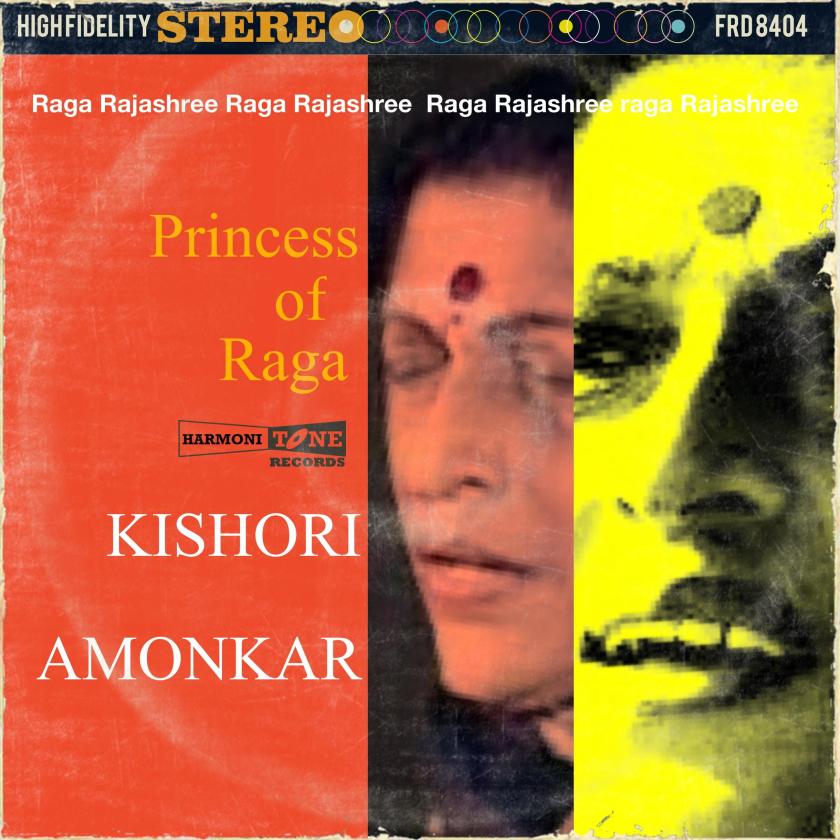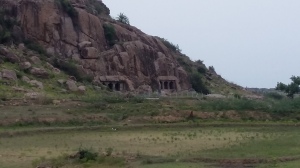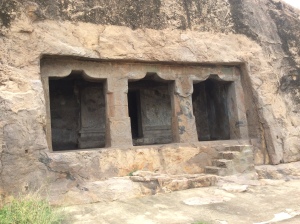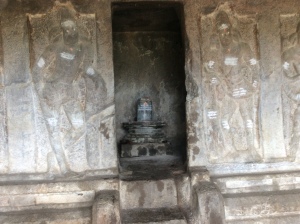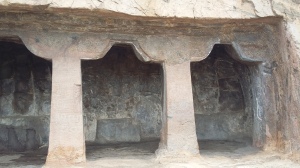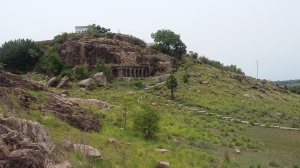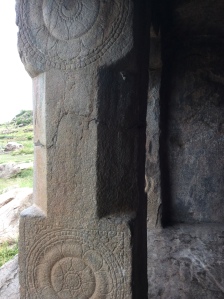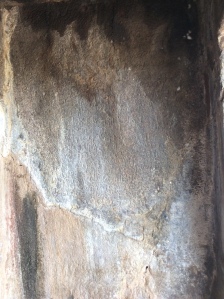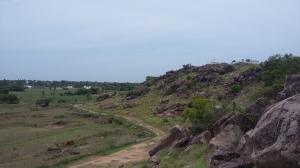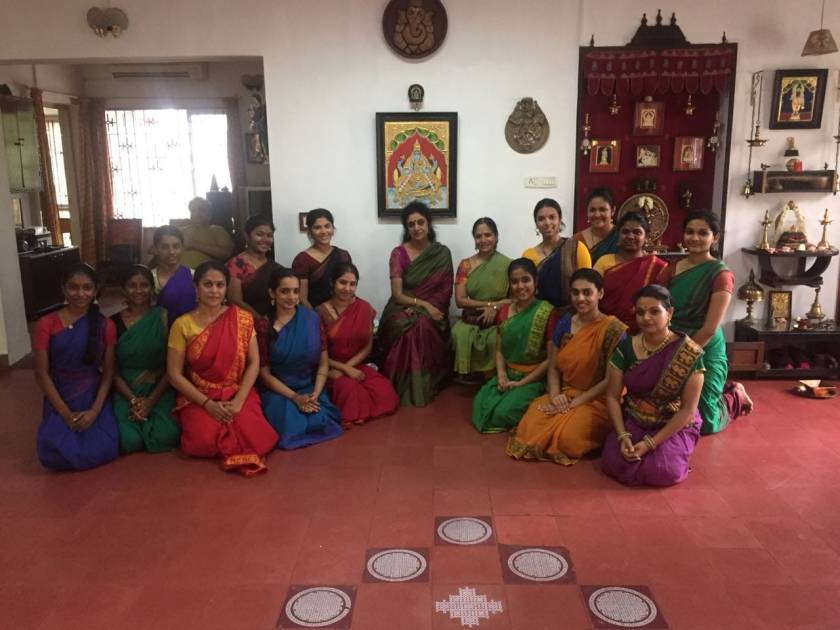 Last Sunday select students of Dr. Lakshmi Ramaswamy’s Sri Mudhraalaya had the opportunity to spend a morning of interaction and learning with their grand guru – Padmasri Chitra Visweswaran at her residence in Alwarpet.
Last Sunday select students of Dr. Lakshmi Ramaswamy’s Sri Mudhraalaya had the opportunity to spend a morning of interaction and learning with their grand guru – Padmasri Chitra Visweswaran at her residence in Alwarpet.
The aura of the welcoming terracotta tiles, a pebbled pathway and staircase leading to a red oxide floor with intricate carvings, sculptures, paintings and wooden furniture had already created an excitement for the vintage of sorts. A traditional piece choreographed by the Smt. Chitra – Chokkanathar Kavutuvam in Misra Chapu, was thought to be the light of the day through which the students of Dr. Lakshmi could get a first-hand experience of their grand guru.
Delimiting the introduction to the lyrical meaning of the piece alone, the session began with the history of Kavutuvam and the guru’s tryst with Kavutuvams beginning from her master the legendary Vazhuvoor Ramaiah Pillai to how she took it up as a topic to research. Drawing references and anecdotes from ‘Barbara Millers Love Songs of the Dark God’, the prevalence methods of dismemberment in India and Europe even if they were miles apart, Bhakti movment and keertanams in India and Shakespeare, she oscillated our minds back and forth bridging the gap between ages gone and the present times.
A Pandya king named Rajasekaran worried about the pain that Lord would suffer by standing in the right leg for all the time. He requested the Lord to dance by changing his leg posture and the Lord did so. That is why even today, Lord Natarajar here is dancing by raising his right leg.
The brief practical session (to be continued) can be best described as lilting in rhythm, swaying with the core tightly hold and dancing for the Chokkanathar. Trying to emote her quintessential style while depicting ‘siriththu muppuram eriththu madagari’ gave all a joy that each of us felt in our own ways.
Certainly it was ‘an eye opener’, an ‘enlightening morning’, an ‘intellectually enriching experience’, a ‘food for thought on dance and more’, a spark of tradition and its richness and a feeling of childhood circling the grandmother listening to facts and fables. That’s the beauty of our Indian tradition that thrives on the foundation of the guru-shishya parampara – lucky are the grand students who can bask on the glory of both the guru (Dr. Lakshmi Ramaswamy) and the grand guru (Padmasri Chitra Visweswaran.
Blessed indeed!
